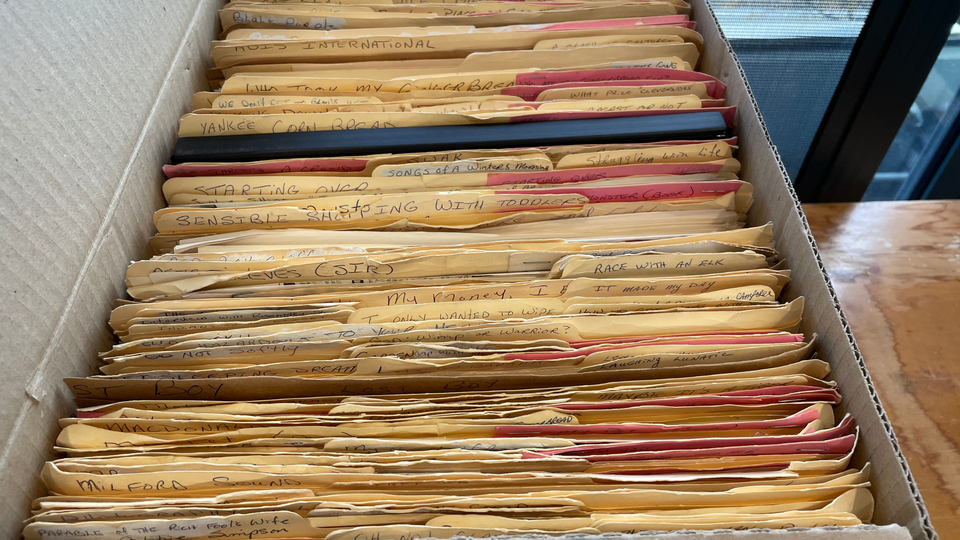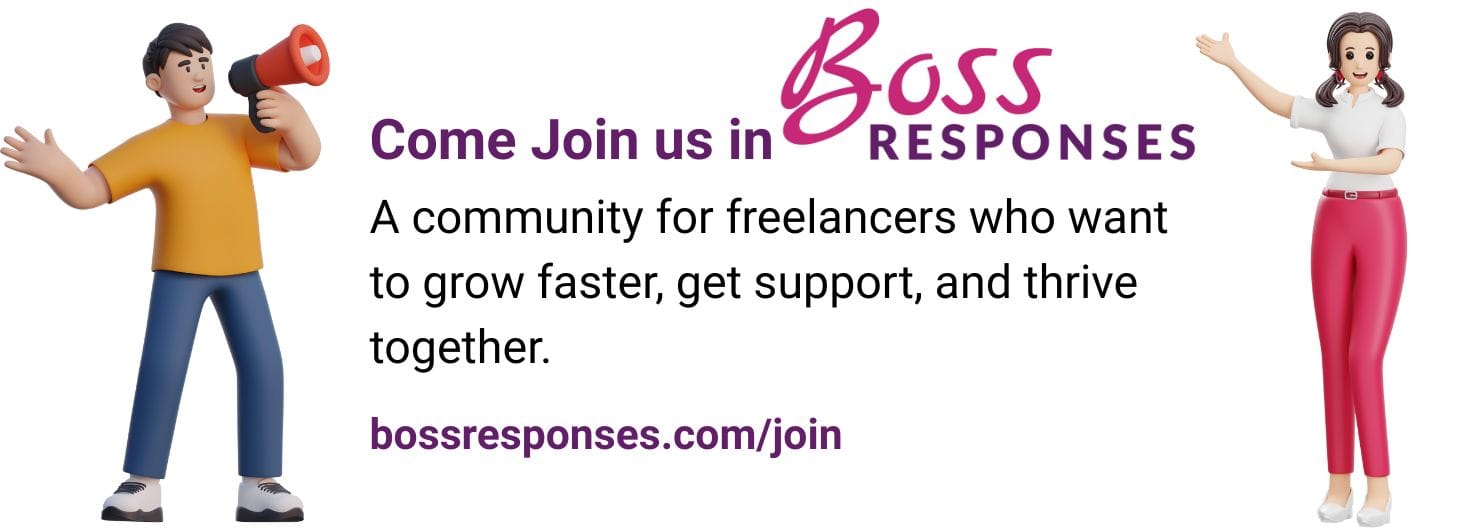How to Audit and Update Your Old Writing

Want more systems and real-life freelance writing stories and tips? Join the email list and stay in the loop.
Years ago, when my children were little, I wrote magazine articles to bring in some extra pocket money. This was well before the internet and email. Over time, I built up a small collection of printed articles, drafts, and payment receipts—all carefully filed and carried from house to house as we moved. My husband has urged me for years to digitize it all, but I resisted. Until now.
We're moving again—a full cross-country trek—and the thought of dragging those boxes around one more time finally pushed me over the edge. I'm reviewing everything, deciding what to keep, and digitizing what I can.
The surprising benefit? I’m now able to add these old, dusty files to my online portfolio.
That experience inspired this post.
I’m sure I’m not the only person who has old writing (published or unpublished) sitting around gathering real or virtual dust.
So I decided to share the step-by-step breakdown of exactly how I turn my dusty files into gold, and how you can do it too.
Step 1: Create Your Sheet Structure
I opened a new Google Sheet and labeled my columns with the info I needed to track my old work. It took a bit of trial and error, but I ended up with:
- Title
- Type
- Topic Summary
- Stage
- Date or Where Created
- Publisher
- Date Published
- Amount
- Notes
- Link or File Location
This simple framework helped me quickly scan and sort through years of work. If it would be helpful, you can grab the exact template I used, below 👇🏽. When you hit enter it's going to:
- Ask you to confirm that it's okay to send you emails (you do NOT have to check any of the boxes if you don't want to)
- Offer you the chance to subscribe to another newsletter from a writer I admire
Once those are out of the way, go to your email inbox and confirm your subscription. You'll then get an email with the link to the content audit template. Once you've opened it, make a copy and you'll be good to go.

Step 2: Start Logging Your Content
I started this part of the work with trepidation. My first reaction to opening those old boxes was intense. So many memories! And it looked like it was going to be so much work. So I procrastinated.
But it had to be done.
And halfway through my first pile of 10 folders, I realised I was actually enjoying the auditing process and it wasn’t anywhere near as much work as I thought it would be.
I stripped the process down as much as possible:
- Enter the title on the folder into the spreadsheet
- Open the folder and check the contents
- If it’s not worth keeping, chuck it out. If it is worth keeping, put the folder on the pile labelled “scan”. Or if I wanted to keep it, but didn’t need to scan it, I put it in the “keep” file.
- My husband (who is delighted to finally be rid of these boxes) scanned the contents of the folder into one file and added the link to the file to the spreadsheet.
- The contents of the folder were then shredded
Even though the process was faster than I expected, it still took time. At first, I just aimed for 15–20 minutes a day. Some days I logged 5 pieces, some days 10. The goal was steady progress.
But I was surprised at the waves of memory and emotion washing over me as I reviewed each piece. Some of the stuff was so old, it dated back from my high school days. There were journals, book reviews and even some old research reports from my university science classes.
Anyone want to read about my experiments with a Dihybrid Sorghum Plant Cross?
The high school journal went into my keepsake box. The book reviews got scanned and the science experiment report ended up in the bin for recycled paper.
Step 3: Identify the Good Stuff
But there were other things. Things I’d completely forgotten about. There was a survey I did about HR practices for a religious institution. Book manuscripts. Essays I’d written at university that showed just a touch of the writing style I would develop over the years.
So in the "Notes" column, I added in little comments about the potential for reusing all or part of what old work. If there was potential there, I colour-coded the title so it was easy to find again.
Step 4: Make a Refresh Plan
Once I was finished cataloging everything, I highlighted 3 older articles I wanted to revive. I gave myself deadlines (one per month) and scheduled time on my calendar to rewrite, reformat, and re-share them.
Step 5: Repeat and Reuse
Now that the system’s in place, it’s easy to add new content as I create it. When I need portfolio samples or ideas for repurposing, I’ve got a searchable, organized list at my fingertips.
My next step is to add in all the digital work I’ve done … articles, blog posts, maybe even some newsletters. It would have made sense to have done this years ago, but better late than never.
Bonus Step: Let AI Help You Work Smarter
And as I work my way through the refresh process, I know that using AI tools will save me hours. Here’s how:
- Summarize and Tag Content: I can use AI to generate quick summaries and identify main topics—great for the "Notes" and "Type" fields.
- Refresh Suggestions: I can drop old posts into AI to get quick tips on improving clarity, updating stats, or rewriting intros. This is key because when I first wrote those articles, I was still wet behind the ears as a writer.
- Repurposing Ideas: This is the biggest benefit for me. AI can help brainstorm how an article could be reused—for LinkedIn posts, newsletters, even podcast topics.
It’s not about replacing my thinking. It’s about speeding up the grunt work so I can focus on creativity and getting my best work done and out there.
Final Thoughts
We all have good work gathering digital (or literal) dust. I finally got mine out of the boxes and into a living system. You can too.
Want more practical systems, freelancer tools, and real-life stories like this one? Join the email list and get weekly insights right to your inbox.
Author's Bio
Trudy Rankin is an online business strategist and content creator who loves writing about quirky or funny experiences that teach life lessons. She helps service-based business owners attract the right leads using smart systems, quizzes, and AI—without adding to their sense of overwhelm. She and her husband live in Melbourne Australia and enjoy renovating campervans and traveling, especially to visit family.

Member discussion